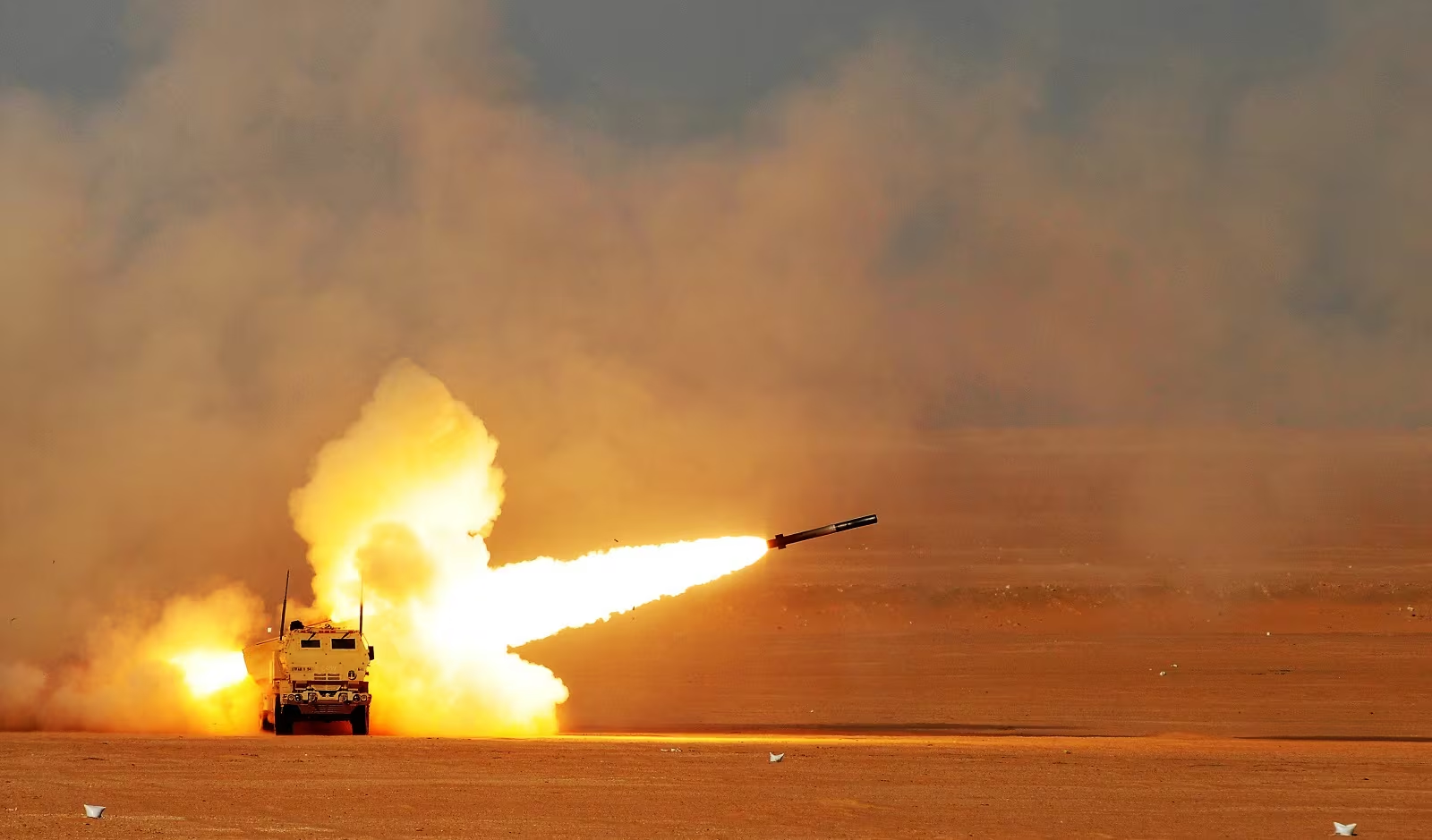HUNTSVILLE, Ala. — The U.S. Army released its new air and missile defense framework March 27 that aims to pursue multimission units and counter emerging threats like drones and hypersonic missiles, the Army’s Space and Missile Defense Command chief told Defense News in an interview just ahead of the Association of the U.S. Army’s Global Force Symposium.
Lt. Gen. James Dickinson said the strategy will chart the course for future air and missile defense forces by using capabilities already fielded and currently under development.
The key tenets of the new strategy, which has been in the works for several years, are meant to ensure AMD forces can protect maneuvering ground forces and defend critical assets in theater and other areas of operation. The AMD force is intended to help “create windows of superiority” in the air so that the joint force can gain access and exploit terrain, according to a summary of the strategy obtained by Defense News.
The strategy is built around an AMD force that aligns with the Army’s wider goal to have a fully modernized force executing multidomain operations by 2028.
RELATED

The strategy pursues four major efforts:
- Develop the right materiel solutions for AMD,
- Build the right force structure to fight in multidomain operations,
- Provide ready and trained AMD forces,
- Build capacity to maintain forward presence with allies and partners.
The AMD strategy cites several modernization efforts as already underway.
The strategy also sets up the Lower Tier Air and Missile Defense sensor as the replacement for the current Patriot AMD radar.
The Army will remain committed to the Indirect Fire Protection Capability, or IFPC, that will provide defense against rockets, artillery and mortars as well as against cruise missiles and drones.
Also part of the layered defense is the Army’s Maneuver—Short Range Air Defense, or M-SHORAD, system that the service rapidly developed in response to an urgent capability gap in the European theater.
Linking together all of the various defense systems will lead to the Integrated Air and Missile Defense Battle Command System, which will serve as the brains of the missile defense systems and tie them together on the battlefield.
The strategy also continues the pursuit of directed-energy systems for defense to include a Stryker-mounted laser to protect the maneuver force against rocket, artillery, mortar and drone threats — with a predicted initial operational capability in 2024 — and a larger laser mounted on an Army Common Tactical Vehicle as part of the IFPC capability expected to be fielded in 2026.
The Army intends to design its future AMD forces as multimission battalions that can mix capabilities and be tailored to the mission.
“Under the current construct you have pure Patriot battalions and [Terminal High Altitude Area Defense] THAAD batteries, and we’ve done this in the past, really this mixing of capabilities and formations, that isn’t necessarily new but we absolutely have to do it and do more of it in the future, so the multimission air and missile defense battalions will have a mix of capabilities,” Dickinson said.
The service will also create new M-SHORAD battalions. The first battalion will be fielded in 2021, and three more battalions by fiscal 2023. The desired end state is to form 18 battalions.
The Army last composed an AMD strategy in 2012, according to Dickinson. Then in 2015 it provided a one-page update.
“A lot has changed in the past four years of importance,” Dickinson said. “The operating environment has changed. We have an environment that is characterized by increasingly complex threat, increased operational tempo and great power competition.”
The threat has also rapidly matured from what was previously expected, he added. Adversaries have unmanned aerial systems, cruise missiles, and advancing ballistic missile and hypersonic technologies.
“This document, it really charts the course for future air and missile defense forces,” Dickinson said. “Air and missile defense have a tremendous deterrence factor, too ... so that is really kind of what has stimulated us to draft a new road map for an Army air and missile defense enterprise.”
Jen Judson is an award-winning journalist covering land warfare for Defense News. She has also worked for Politico and Inside Defense. She holds a Master of Science degree in journalism from Boston University and a Bachelor of Arts degree from Kenyon College.








